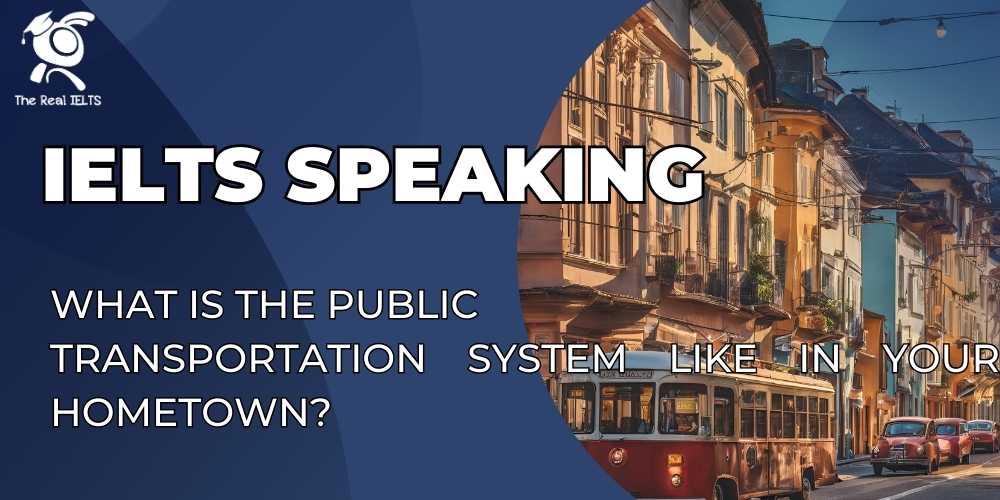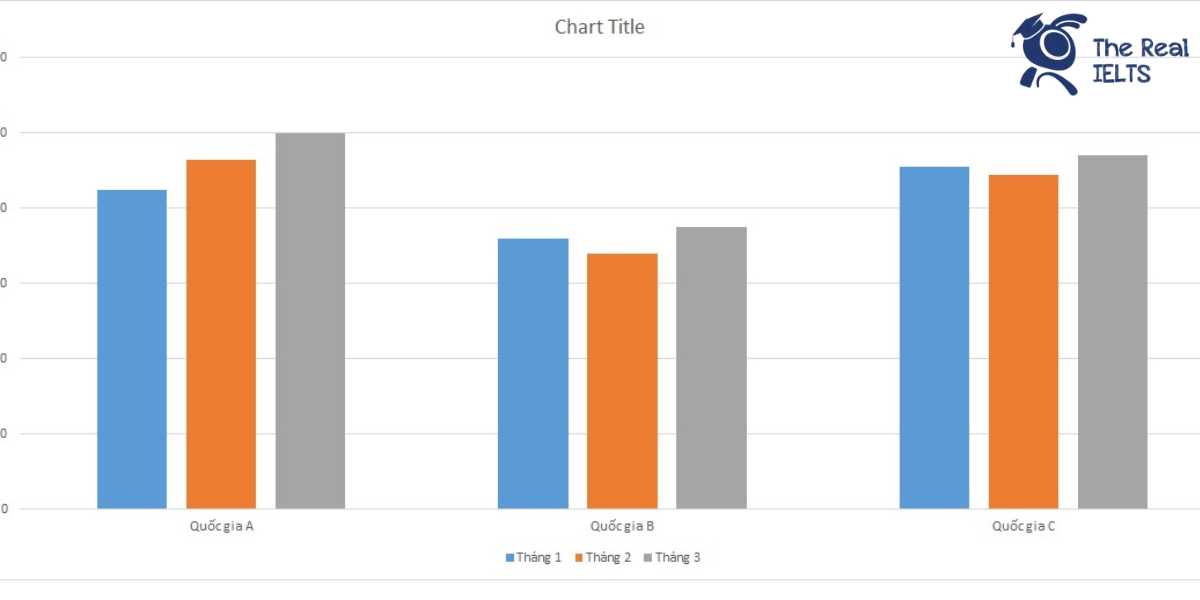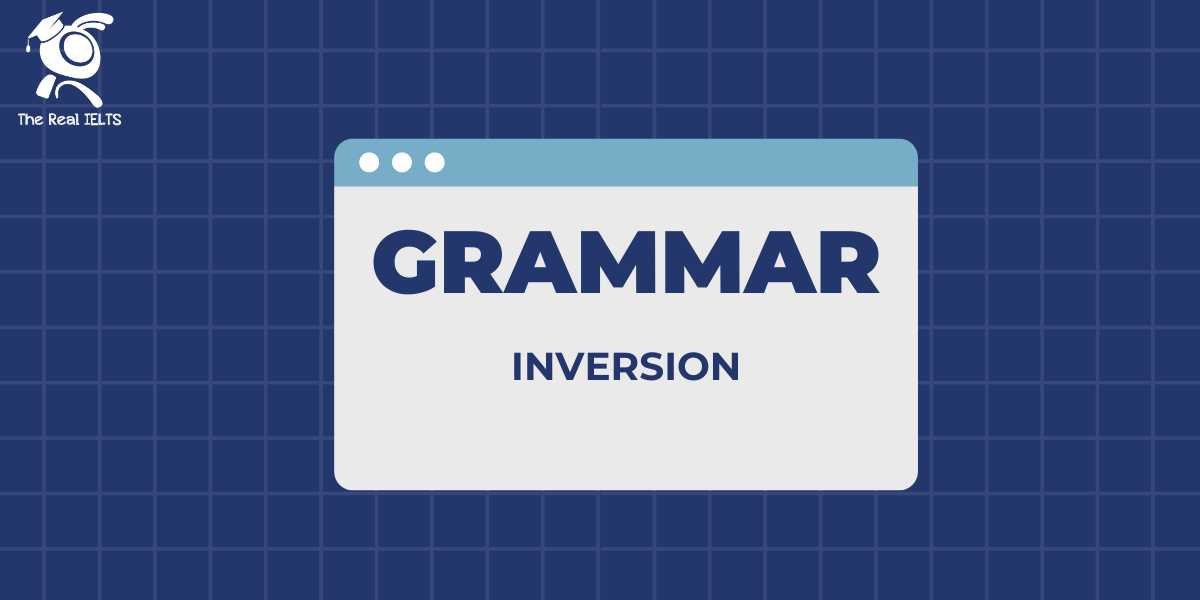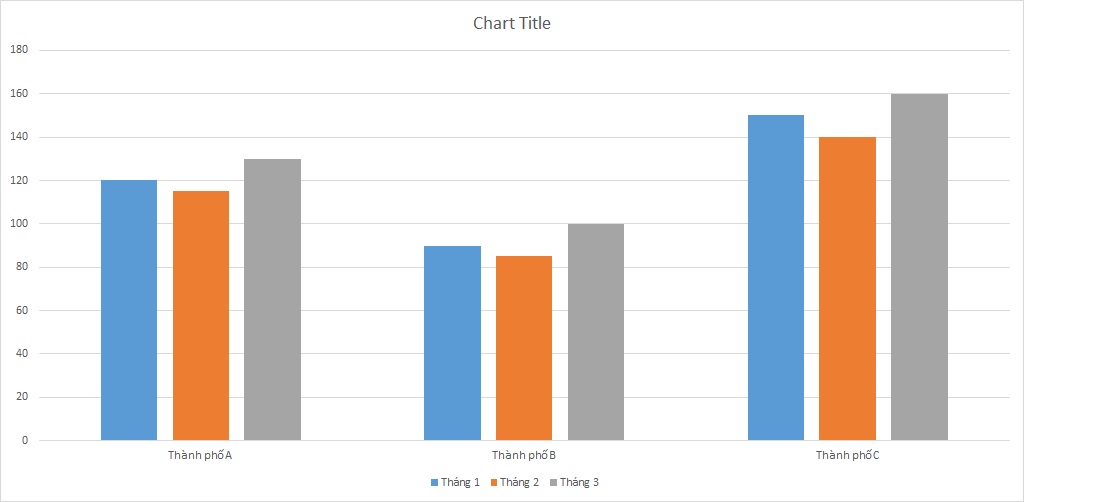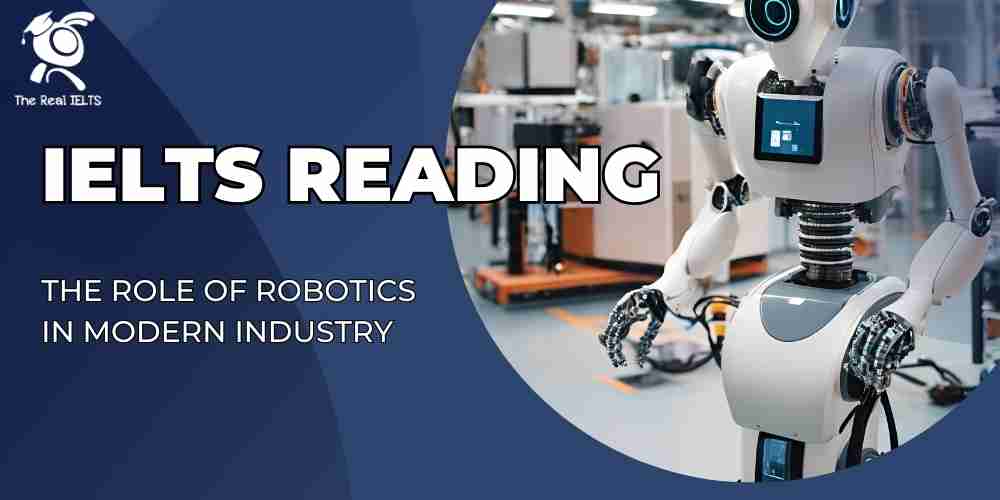Bài viết này sẽ giúp bạn trả lời câu hỏi “Hệ thống giao thông công cộng ở quê bạn như thế nào?” trong phần thi IELTS Speaking. Chúng ta sẽ tìm hiểu cách mô tả các phương tiện giao thông công cộng, ưu nhược điểm của chúng và cách thể hiện ý kiến cá nhân về hệ thống giao thông ở quê hương.
Đọc thêm các bài luyện thi IELTS khác.
Đọc thêm câu hỏi khác tại: IELTS Speaking Part 1: Introduction and Interview chủ đề Your hometown.
Đọc thêm: IELTS Speaking: Are there many restaurants in your hometown? What kind of food do they serve?
Câu trả lời IELTS Speaking: What is the public transportation system like in your hometown?
Ví dụ 1
Introduction:
Public transportation in my hometown, Hanoi, plays a significant role in the daily lives of its residents. As a bustling capital city, Hanoi has a transportation network that connects people from all corners of the city. While it may not be perfect, the system is constantly evolving to meet the growing demands of its population.
Geographical Description:
Hanoi is a sprawling city with diverse terrains, from the densely packed streets of the Old Quarter to the wider avenues in suburban districts like Hoang Mai or Tay Ho. The transportation system caters to these varied areas, making it easier for people to commute across different regions. With its rivers, lakes, and a blend of old and new infrastructure, Hanoi’s layout creates unique challenges and opportunities for public transportation development.
Cultural Aspects:
Public transportation in Hanoi is deeply intertwined with the local way of life. Motorbike taxis, locally known as xe ôm, are an integral part of the city’s culture, offering a quick and convenient way to navigate the narrow streets. Additionally, buses are commonly used by students and workers, providing an affordable option for daily commutes. Recently, ride-hailing services like Grab and Be have also become popular, reflecting how modern technology is reshaping traditional transport habits.
Historical Background:
Historically, Hanoi’s public transportation system was limited to buses, which began operating in the mid-20th century. Over time, as the city expanded, the government introduced new modes of transport, including electric buses and, most notably, the Hanoi Metro. The first metro line, which connects Cat Linh and Ha Dong, marks a significant milestone in Hanoi’s transportation history, signaling a shift towards a more sustainable and efficient system.
Economic Activities:
The public transportation system is closely linked to the city’s economic activities. Buses and trains are vital for connecting residential areas to business districts, schools, and industrial zones. This accessibility supports the daily flow of workers and students, contributing to the city’s productivity. Additionally, the development of modern transit systems, such as metro lines, has sparked new economic opportunities, including real estate growth near transit hubs and the rise of small businesses catering to commuters.
Personal Connection:
Personally, I have mixed feelings about Hanoi’s public transportation. On the one hand, I’ve had countless memorable experiences riding buses with friends during my school years. These moments, though simple, hold a special place in my heart. On the other hand, I can’t ignore the challenges, such as overcrowded buses during rush hours and occasional delays. However, I’ve also witnessed significant improvements in recent years, such as the introduction of electric buses and cleaner, more efficient services, which make me optimistic about the future.
Conclusion:
Overall, while Hanoi’s public transportation system still has room for improvement, it remains an essential part of the city’s fabric. The integration of modern technology and sustainable practices is a promising step towards a more efficient network. What I love most about Hanoi’s transportation is its ability to adapt and evolve, reflecting the resilience and ingenuity of the people who live here. It may not be perfect, but it’s a system that truly represents the dynamic spirit of the city.
Ví dụ 2
Introduction:
The public transportation system in my hometown, Hanoi, is an essential part of daily life. As a bustling capital city with millions of residents, Hanoi relies on various modes of public transit to keep people connected. Although it has its challenges, the system is gradually improving and adapting to the city’s rapid growth.
Geographical Description:
Hanoi is a sprawling city with a mix of old neighborhoods and modern urban developments. Its layout includes narrow streets in the Old Quarter, wide boulevards in newer districts, and scenic areas near lakes and rivers. This diverse geography makes public transportation crucial for navigating the city, especially in areas where traffic congestion is common. The buses and newly established metro lines are designed to connect distant parts of the city efficiently.
Cultural Aspects:
Public transportation in Hanoi reflects the city’s culture and way of life. For many residents, riding the bus is a daily routine, especially for students and office workers. Local minibuses, known as “xe buyt,” have long been the backbone of the city’s public transport system. Meanwhile, motorbike taxis, or xe ôm, are a cultural staple, offering a quick and flexible option for shorter distances. Recently, modern ride-hailing apps like Grab have integrated traditional motorbike taxis into their platforms, blending tradition with innovation.
Historical Background:
Historically, Hanoi’s public transportation system was relatively modest, starting with buses as the primary mode of transit. Over time, the city has expanded its infrastructure, and in recent years, the metro system has emerged as a major milestone. The Cat Linh-Ha Dong metro line, the first of its kind in Hanoi, opened to the public in 2021. This project marked a significant step towards reducing the city’s reliance on motorbikes and private cars.
Economic Activities:
Hanoi’s public transportation system is vital to its economy. It connects residential areas to key commercial and industrial hubs, enabling workers to commute affordably and efficiently. For example, buses frequently serve routes to major markets, business districts, and universities, ensuring that people can access education and work opportunities. Furthermore, the expansion of the metro system has spurred economic growth in areas near the stations, with new businesses and housing developments springing up rapidly.
Personal Connection:
For me, public transportation in Hanoi has been both a challenge and a blessing. During my school days, I often took the bus, and while it was sometimes crowded and slow, it was also a chance to observe the city and its people. More recently, I’ve been impressed by the improvements, such as cleaner buses and the convenience of the metro. One memorable experience I had was taking the metro for the first time; it felt like a glimpse into Hanoi’s future and gave me hope for a more efficient, sustainable city.
Conclusion:
In conclusion, the public transportation system in Hanoi is far from perfect, but it plays a critical role in keeping the city moving. With ongoing investments in infrastructure and the gradual adoption of modern transit solutions, it is steadily improving. What I appreciate most is its potential to evolve and adapt to the needs of its people, making Hanoi not just a vibrant city to live in but also a city that’s actively working towards a better future.


